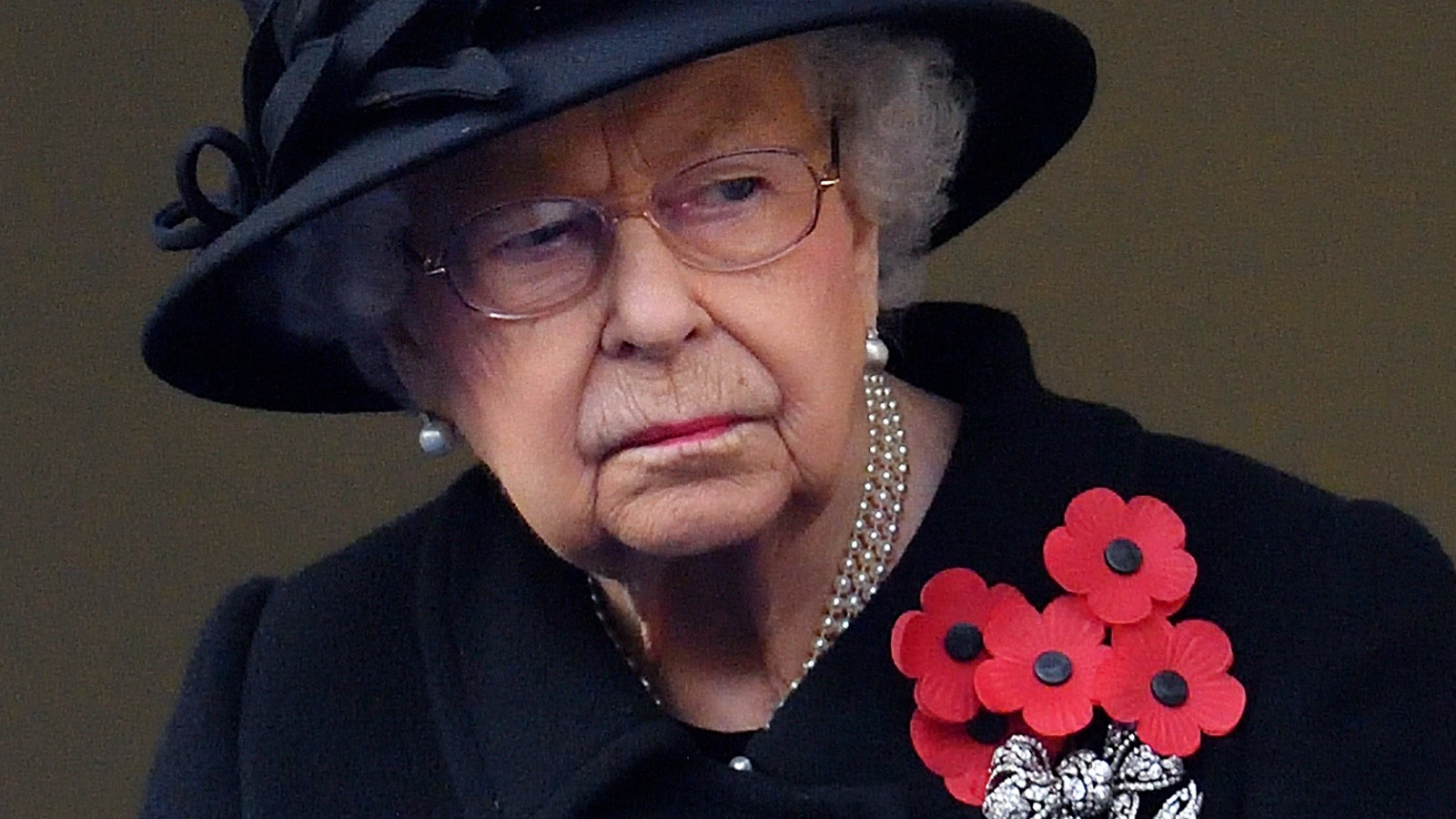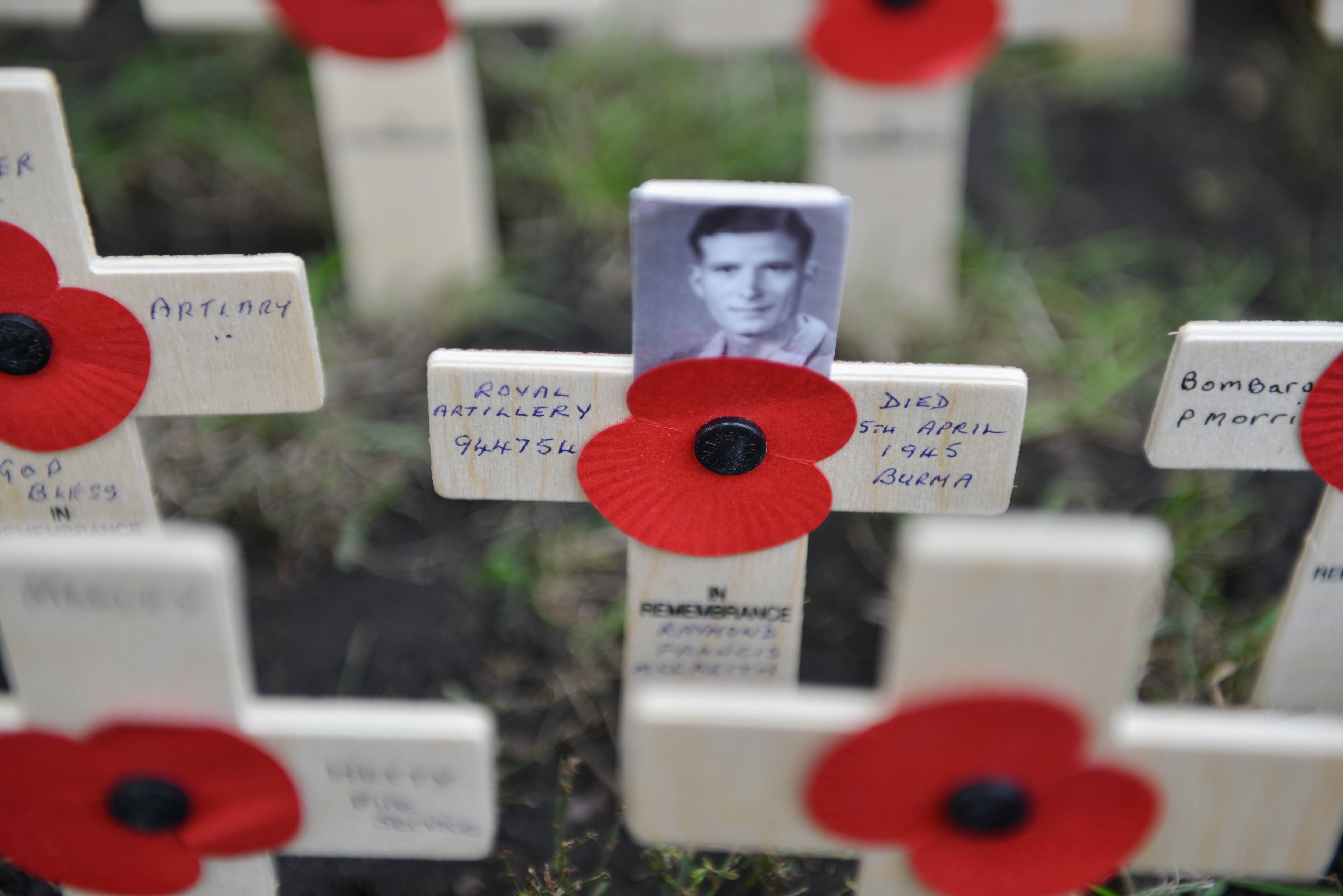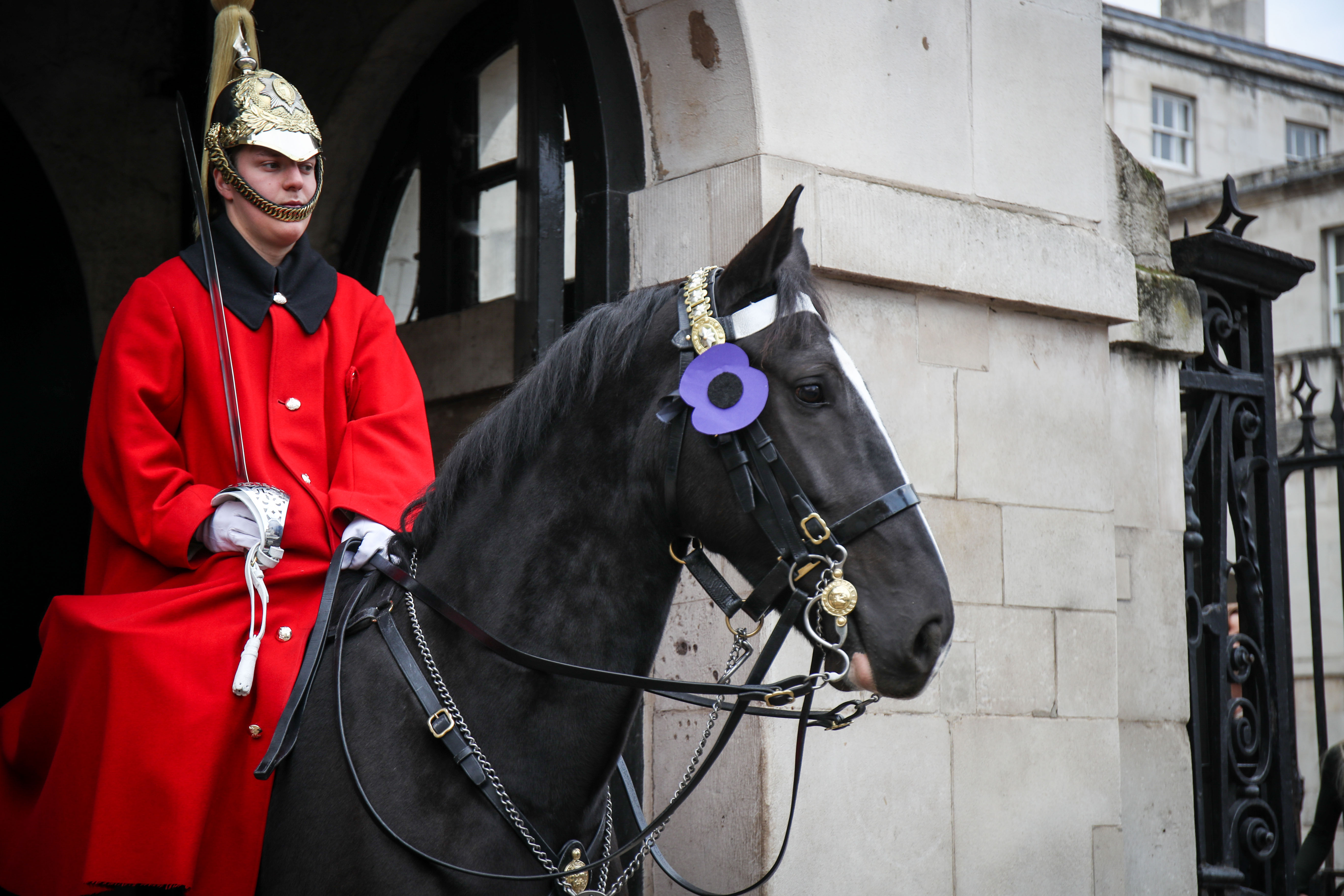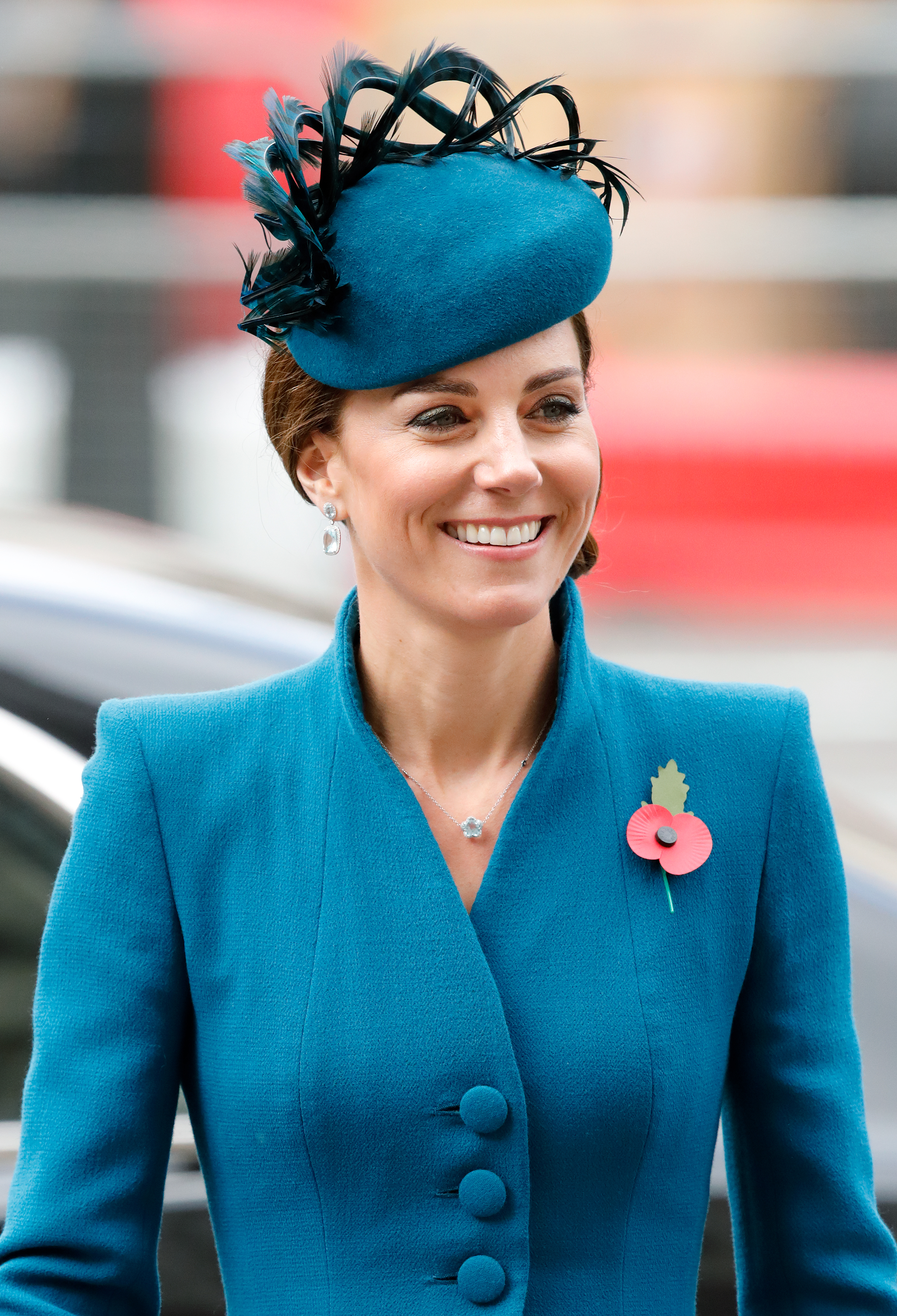Why does the Queen wear five poppies and what do different colored poppies mean?
The Queen wears five poppies each year for Remembrance Day


Each November, as the nation unites for Remembrance Day to honour those who served in the war, people traditionally wear a poppy. The Queen has been seen wearing five poppies and, although the Palace has never confirmed why, it is believed each poppy represents one of the different services from the war efforts.
- During Remembrance Day or Remembrance Sunday services, the Queen has been shown to wear five poppies.
- It is widely believed that each poppy represents a different service.
- In other royal news, The Queen, Prince William, and Kate Middleton pay Remembrance Day tribute with sweet social media updates.
Why does the Queen wear five poppies?
The Royal Family have never addressed the interest around the Queen’s five poppies.
This has left people to speculate on what Her Majesty’s multiple poppies could signify.
The most popular theory is that each poppy represents a different service who contributed to the war efforts, these being the Army, RAF, Navy, Civil Defence and Women.

It has also been suggested that the multiple poppies are symbolic of the Queen’s position as the head of the Royal Family, and also the highest-ranking dignitary at the service.
Why do people wear poppies for Remembrance Day?
The origin of the poppy as a symbol of the war dates back to the First World War.

Poppies grew from the battlefields of the Western Front in Europe, as they thrived in the condition of the soil.
Sign up to our free daily email for the latest royal and entertainment news, interesting opinion, expert advice on styling and beauty trends, and no-nonsense guides to the health and wellness questions you want answered.
Canadian surgeon and poet John McCrae served at Ypres, Belgium and was struck by the sight of a field of poppies—so much so that he immortalized the sight in a famous war memorial verse called In Flanders Fields.
The poem includes moving lines like, “In Flanders' fields the poppies blow Between the crosses, row on row, That mark our place…” and “If ye break faith with us who die, We shall not sleep, though poppies grow, In Flanders' Fields.”
Britain began to use the poppy symbol shortly after the war in 1921, when the Royal British Legion was formed.

What do the different coloured poppies mean?
As well as Her Majesty wearing multiple poppies, it is becoming increasingly more routine to see poppies which aren’t the traditional red.
What do white poppies mean?
If you're wondering why do people wear a white poppy in November, the white poppy is a symbol of peace.
Loads happening on Remembrance Sunday in Leicester, where #WhitePoppy wreaths will be included in the official ceremony in Victoria Park. Plus an online ceremony in the evening. Thanks to @LeicesterCND for the photo from Peace Walk https://t.co/Zjig2QCk6q pic.twitter.com/ipMrBZbizFNovember 10, 2021
Designed by the Co-operative Women's Guild in 1933 and adopted the following year by the Peace Pledge Union (PPU) as a symbol of anti-war and pacifist sentiment, it represents “remembrance for all victims of war, a commitment to peace and a challenge to attempts to glamorise or celebrate war.”
What do purple poppies represent?
Purple poppies are worn to honor the animals who fought and died in service during the wars.
The purple poppy is not endorsed by The Royal British Legion but they don't have an issue with it being worn.
What do black poppies mean?
Launched by Selena Carty in 2010 the black poppy is most commonly associated with the remembrance of Black, African, and Caribbean contributions to war efforts.
The correct way to wear a poppy

You might be wondering if there’s a correct way to wear your poppy, but the Royal British Legion have confirmed there is no wrong way to wear one.
An RBL spokesperson said, “It’s a matter of personal choice whether someone chooses to wear a poppy and how they choose to wear it.
“The best way to wear a poppy is simply with pride.”

Jack Slater is not the Last Action Hero, but that's what comes up first when you Google him. Preferring a much more sedentary life, Jack gets his thrills by covering news, entertainment, celebrity, film and culture for woman&home, and other digital publications.
Having written for various print and online publications—ranging from national syndicates to niche magazines—Jack has written about nearly everything there is to write about, covering LGBTQ+ news, celebrity features, TV and film scoops, reviewing the latest theatre shows lighting up London’s West End and the most pressing of SEO based stories.